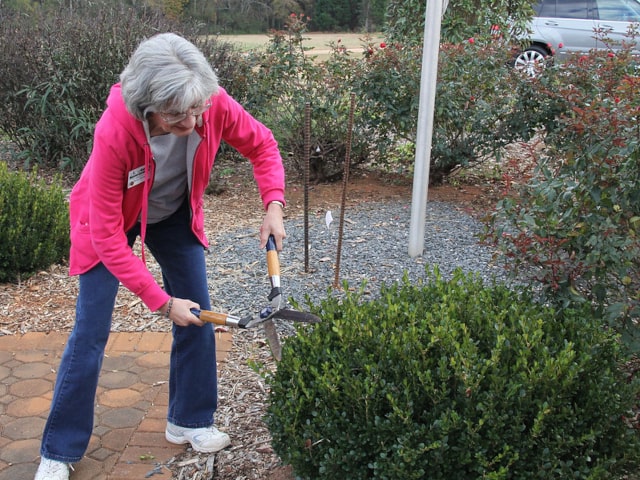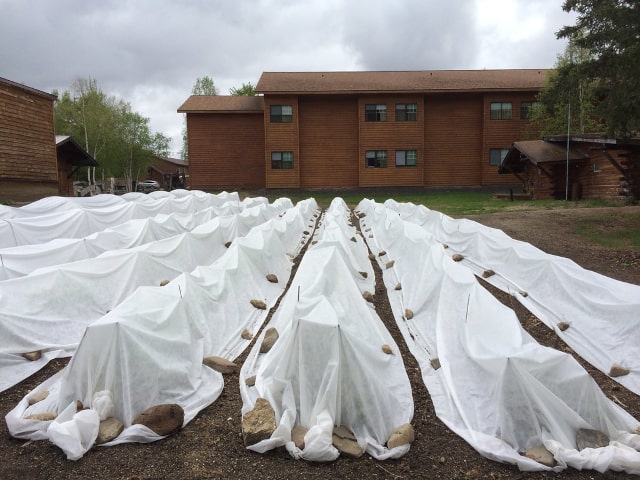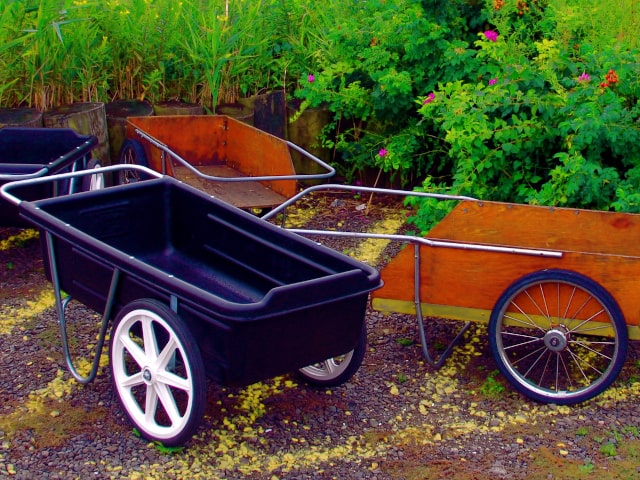
Choosing a good pruning tool is very important for your gardening success. If you have trees and shrubs in your garden you will sure need specialized pruning tools in order to keep them healthy and properly trimmed. Even smaller plants often need pruning. For this reason, all gardeners should have adequate pruning tools a and use them when necessary.
The trouble is, many people are unsure what kind of pruning tools they need. Many home gardeners don't even know about different types of pruning tools. Most people are familiar with pruning shears, but other than that, they are confused when it comes to this type of tools.
If you are unfamiliar with different types of pruning tools it can be very confusing. Since you need suitable tools to maintain your garden and keep your plants trimmed, it's essential that you know how to choose a good pruning tool (or two!) for your needs.
Choosing a Pruning Tool
The first thing you need to understand is that there are different types of pruning tools specially made for different branch sizes. It means that the size of the branch you need to cut will determine what kind of a pruning tool you need.
Generally speaking, pruning tools can be divided in 4 broad categories, based on the branch sizes and some other factors:
- Pruners. These are made for cutting branches 1 inch or smaller in diameter.
- Loppers. Made for cutting branches that are 1 to 2 inches in diameter.
- Pruning Saw. Made for branches that have more than 2 inches in diameter.
- Pole Pruners. These are designed for any branch size that's out of the reach.
All gardeners need reliable pruners for the type of job they wish to perform. To determine which type of a tool you need, it's best to go to your garden and measure the branches on trees and shrubs, just to get the idea about their thickness. This will tell you what kind of pruning tools to look for.
Generally speaking, trees and mature shrubs (such as 6 foot rhododendrons with heavy branches), you will have to buy both pruners and loppers. For trees, you will also need a pole pruner. You may also want to hire a professional arborist to take care of your trees, but it's possible to prune it all by yourself.
How to Use Pruning Tools?
Choosing and purchasing pruning tools may seem complicated, but it's actually the most basic job once you know what you're looking for. When you take the tools home, however, it's important to know how to use them and how to pick the right tool for the job you need to perform.
Another problem you need to overcome is to learn to tell the thickness of the branch just by looking at it. Most gardeners don't wear rulers while pruning, so you might end up using a wrong tool or a branch that proved to be thicker than you thought.
To pick the right tool, it's important to be familiar with it. It means you should read the packaging to learn about the tool's recommended cutting capacity. Use it as a guideline. This capacity is calculated based on the open position of the handles. Which means that you have to be able to open a tool fully to use a full capacity. If you have small hands, you may not be able to do that. This will reduce the tool's cutting capacity.
To reduce the risk of injuries, make sure you are comfortable with the tool. Unlock it and hold it in your hand carefully. Make sure you have full control of the pruning tool even when the handles are wide open. If it's not comfortable for you, it increases the risk of injury because you will need to force a cut, and it's not the best thing to do.
You will know you need to move from pruners to loppers mid-work using a few telling signs. Insert the branch between the open pruner blades to the innermost point of the tool's "throat". This is where the tool provides the most power and it's called the "pivot point" because this is where the blade and hook are screwed together and joined with a pivot bolt. In case the branch is too wide so it reaches only to the middle section of the blade (or close to the tip), it's a sign you need a larger tool. This can cause the pruner to bend or twist, or even snap in some cases. This is a risk you don't want to take because it can lead to injuries.
Remember, the maximum cutting power is located at the pivot point. The further the branch pushes out to the tip of the tool, the more force you need to apply to make the cut. If you need to constantly make this force you are risking and injury to yourself or to the pruner.
In case the wide opened pruner handles don't feel comfortable or if the branch is not in the pivot point, it's best to use a larger tool (such as a lopper). Lopper has handles that are held with both hands. This tool can cut bigger branches because it can be opened wider. Another advantage to loppers is that they provide increased leverage from two hands, which maximizes the cutting power.
Photo credit: The Marmot




0 Comments